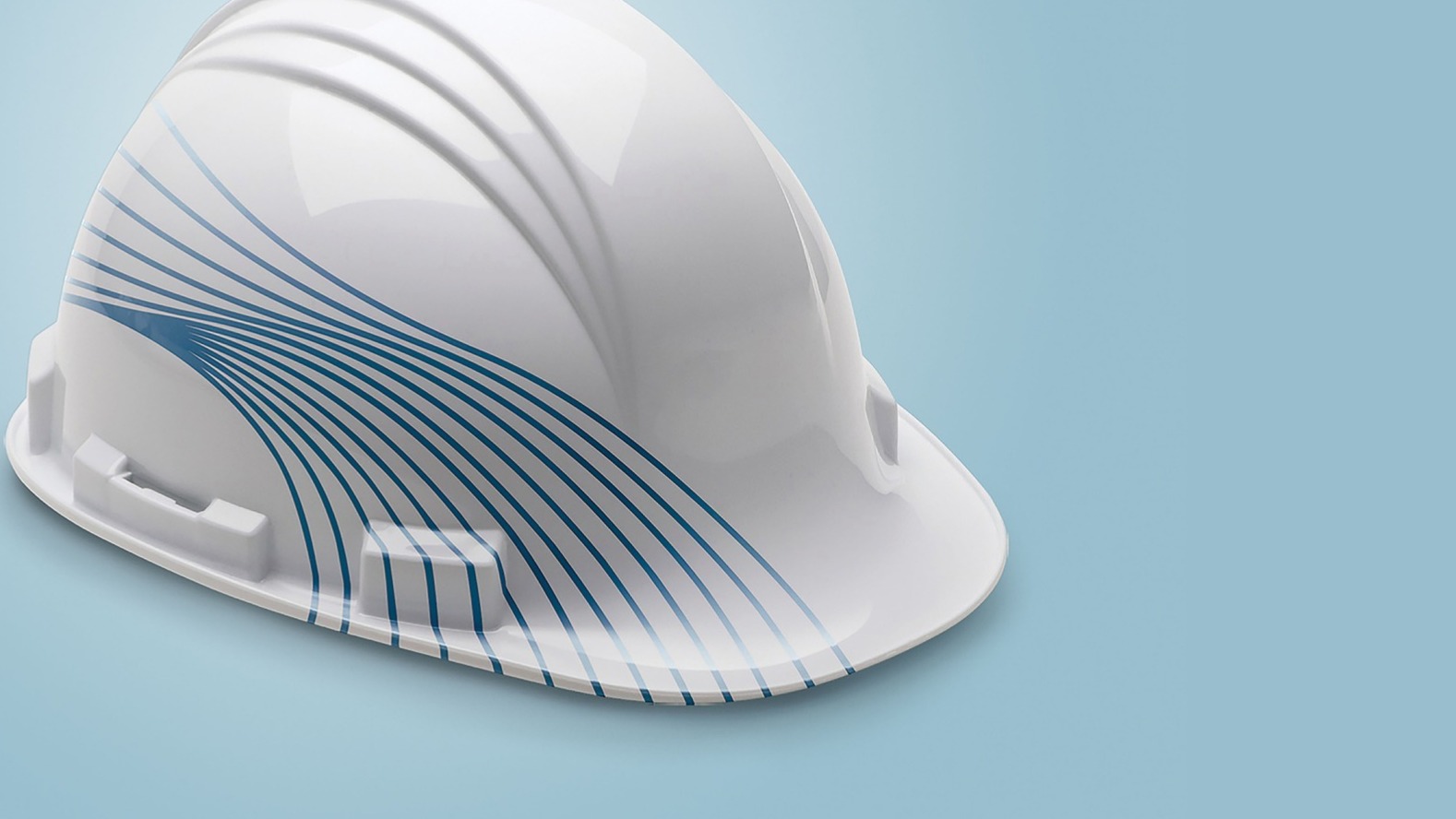
Open Cell Spray Foam Insulation: Costs and Advantages
Exploring the Advantages and Cost Considerations of Open Cell Spray Foam Insulation in Fargo, ND
When it comes to insulation options, open cell spray foam insulation has emerged as a popular choice for its versatility and energy-saving properties. This article examines the benefits of open cell spray foam insulation in Fargo, North Dakota, while also discussing the cost considerations associated with its installation.
By understanding the advantages and financial aspects, homeowners and businesses can make informed decisions about incorporating open cell spray foam insulation into their properties.
Understanding Open Cell Spray Foam Insulation
Open cell spray foam insulation is a type of insulation material composed of polyurethane. During installation, the foam expands and forms a porous structure, creating a lightweight insulation layer. Unlike closed cell spray foam insulation, open cell foam has a lower density and provides a softer, more flexible barrier against heat transfer.
Benefits of Open Cell Spray Foam Insulation
Cost-Effectiveness: One of the primary advantages of open cell spray foam insulation is its cost-effectiveness. Compared to closed cell foam, open cell insulation generally has a lower price point, making it a more budget-friendly option. This affordability allows homeowners and businesses to achieve energy efficiency without stretching their budgets.
Sound Absorption: Open cell spray foam insulation exhibits excellent sound absorption properties. The porous structure of the foam helps to reduce noise transmission, creating a quieter indoor environment. This benefit is particularly advantageous for buildings located in noisy areas or for those seeking to enhance privacy and acoustic comfort.
Air Sealing: Similar to closed cell foam, open cell spray foam insulation also acts as an air barrier, reducing air infiltration and preventing drafts. It helps to seal cracks and gaps, enhancing the overall energy efficiency of the building. By minimizing air leakage, open cell foam insulation contributes to lower heating and cooling costs.
The Cost Considerations
Installation Costs: The cost of installing open cell spray foam insulation in Fargo, ND, depends on various factors such as the size of the area to be insulated, accessibility, and the complexity of the project. On average, installation costs range from $1.00 to $1.50 per square foot. The relatively lower installation cost compared to closed cell foam makes open cell spray foam insulation an attractive option for those with budget constraints.
Energy Savings: While open cell spray foam insulation provides energy savings, it typically has a slightly lower R-value compared to closed cell foam. However, the energy-saving benefits can still be significant, especially when upgrading from traditional insulation materials. The exact energy savings will depend on factors such as the building's size, climate, and overall energy efficiency measures implemented.
Consideration for Moisture: Open cell spray foam insulation has a higher moisture permeability compared to closed cell foam. While it can provide some resistance against moisture, it may not be suitable for areas prone to excessive moisture or in flood-prone regions. Adequate moisture management and ventilation measures should be implemented in conjunction with open cell spray foam insulation.
Conclusion:
Open cell spray foam insulation offers an affordable and versatile solution for homeowners and businesses in Fargo, ND. Its cost-effectiveness, sound absorption properties, and air sealing capabilities make it an attractive option for those seeking improved energy efficiency and comfort. While it may have a lower R-value and moisture permeability compared to closed cell foam, its affordability and benefits make it a viable choice for many properties.
By considering the specific needs of their buildings and consulting with insulation professionals, Fargo residents can make informed decisions regarding the implementation of open cell spray foam insulation and create more energy-efficient and comfortable spaces.